rc3Dprint ER-2 User manual
Other rc3Dprint Toy manuals
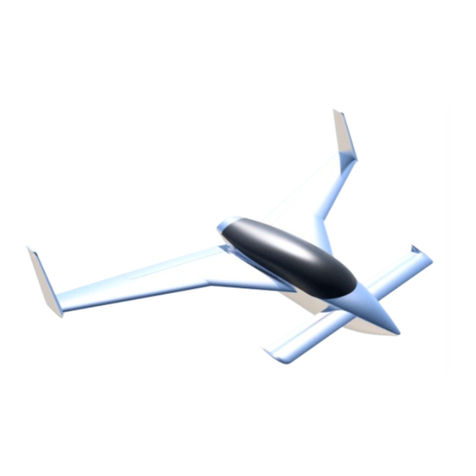
rc3Dprint
rc3Dprint Micro Velocity User manual
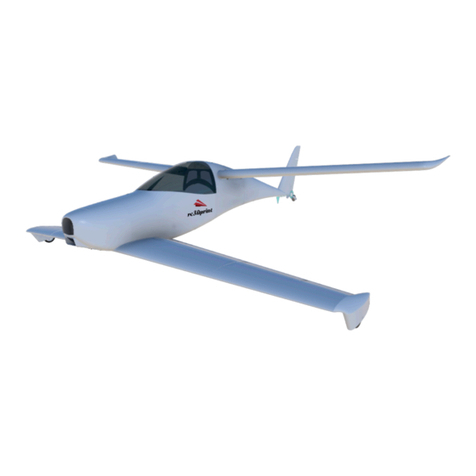
rc3Dprint
rc3Dprint QUICKIE User manual
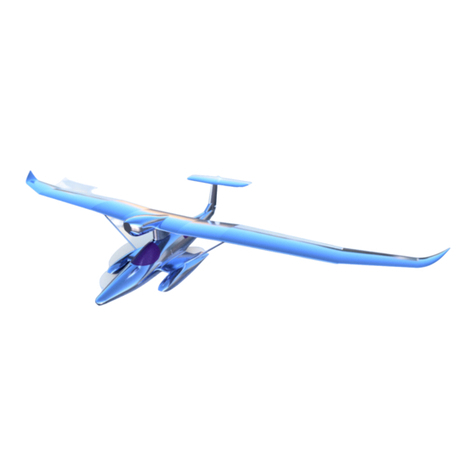
rc3Dprint
rc3Dprint SkiGull User manual
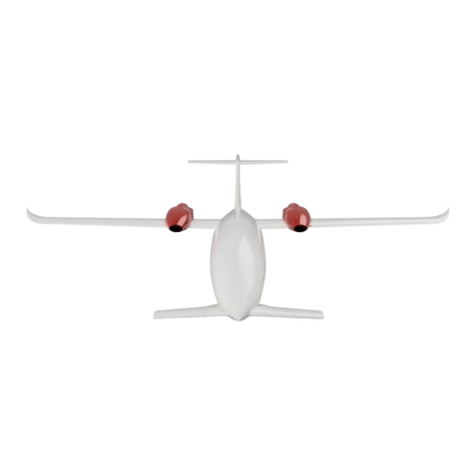
rc3Dprint
rc3Dprint PIAGGIO AVANTI 2 User manual
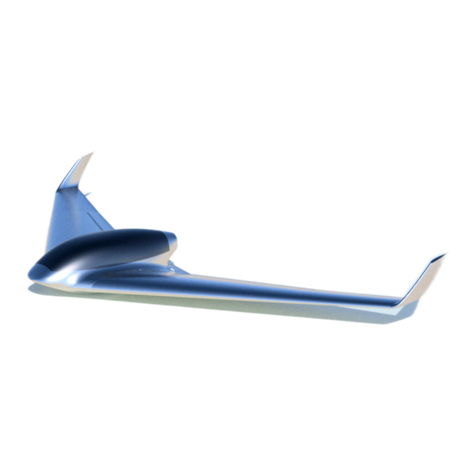
rc3Dprint
rc3Dprint MICRO PEREGRINE FLYING WING User manual
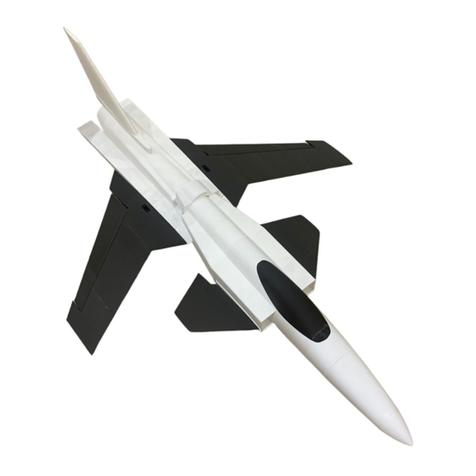
rc3Dprint
rc3Dprint Grumman X-29 User manual
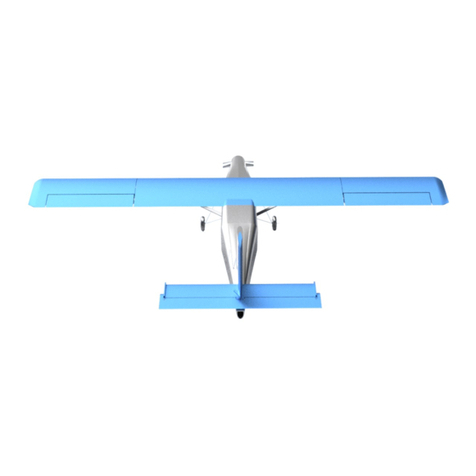
rc3Dprint
rc3Dprint PILATUS PC-6 PORTER User manual
Popular Toy manuals by other brands

FUTABA
FUTABA GY470 instruction manual

LEGO
LEGO 41116 manual

Fisher-Price
Fisher-Price ColorMe Flowerz Bouquet Maker P9692 instruction sheet

Little Tikes
Little Tikes LITTLE HANDIWORKER 0920 Assembly instructions

Eduard
Eduard EF-2000 Two-seater exterior Assembly instructions

USA Trains
USA Trains EXTENDED VISION CABOOSE instructions





















